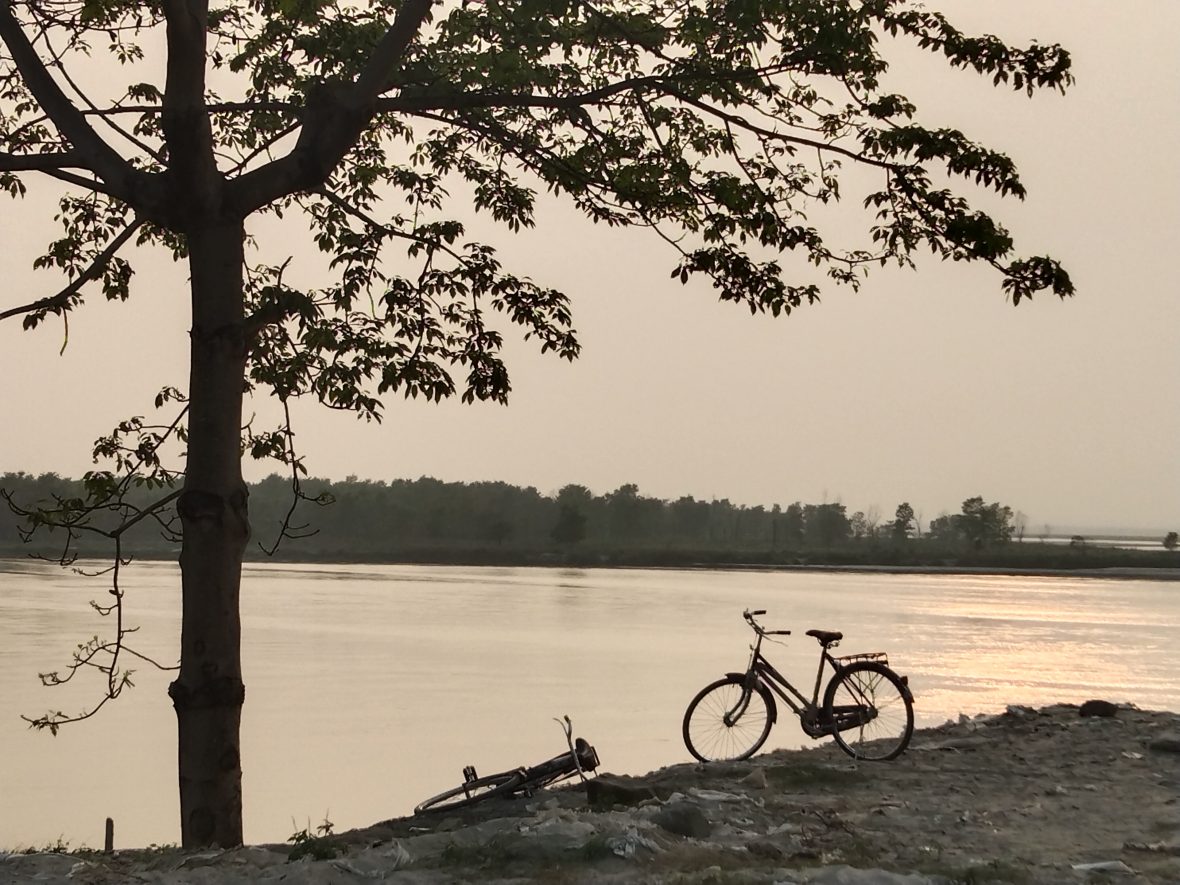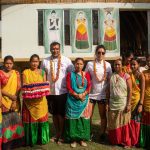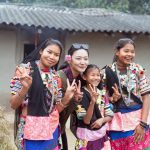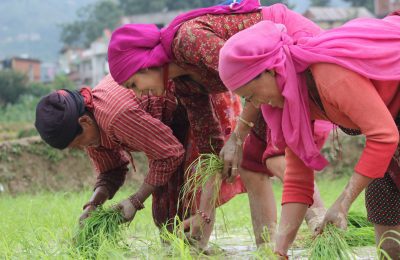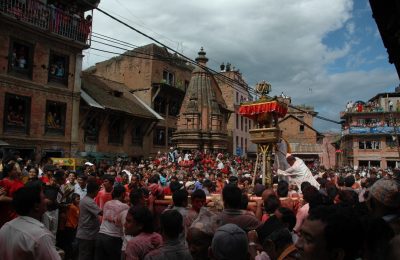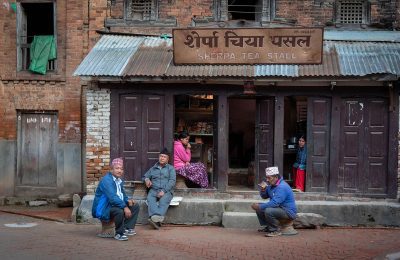I first visited Koshi Tappu Wildlife Reserve over ten years ago, not long after the great flood of 2008 when 50,000 villagers in Nepal were displaced by the breach in the Koshi embankment. An entire 5 kilometre section of the East-West Highway was washed away. The Koshi barrage that was built in the 1960s to control the River Koshi, the biggest river in Nepal. It was, however, a colossal engineering mistake. Though it may have regulated flood waters for the first few years, sediment deposits over the years meant that the Koshi flowed three metres above the surrounding land.
So when the sluice gates are not opened in time at the border, the impounded water in Nepal poses a risk of flooding: which was what happened in August 2008. The river changed course and flooded areas which had not been flooded in many decades.
As well as half a million people in Nepal, the flood affected over 2.3 million people in the northern part of Bihar in India. When I first visited in 2010, there had been vast areas where sand covered what had been paddies. On my second visit, there was not so much evidence of the disaster that had struck fourteen years ago.
When I visited for the first time, I had been invited to spend a couple of days at a luxury resort. There I spent time paddling down the river, spotting wildlife and bird watching – the first time for me. I had never been very interested in birdwatching. Perhaps the weather in the UK or lack of so many species had discouraged me, but after spending just a short time at Koshi Tapu, I could not help but become interested in the birds of Nepal.
So I was delighted to learn that there was a small community homestay at Saptakoshi, just a few minutes’ walk away from the gate of the place where I’d stayed before. Up till now, there had not been much choice in accommodation here other than a few expensive resorts.
The village offers 10 homestays, mainly in the newer-built homes of Magars who live on one side of the village, strung out along the road. Nearby, there is a concentration of more traditional mud-wall Tharu homes. It is not far from the main bazaar where there is a bustling market all day every Saturday.
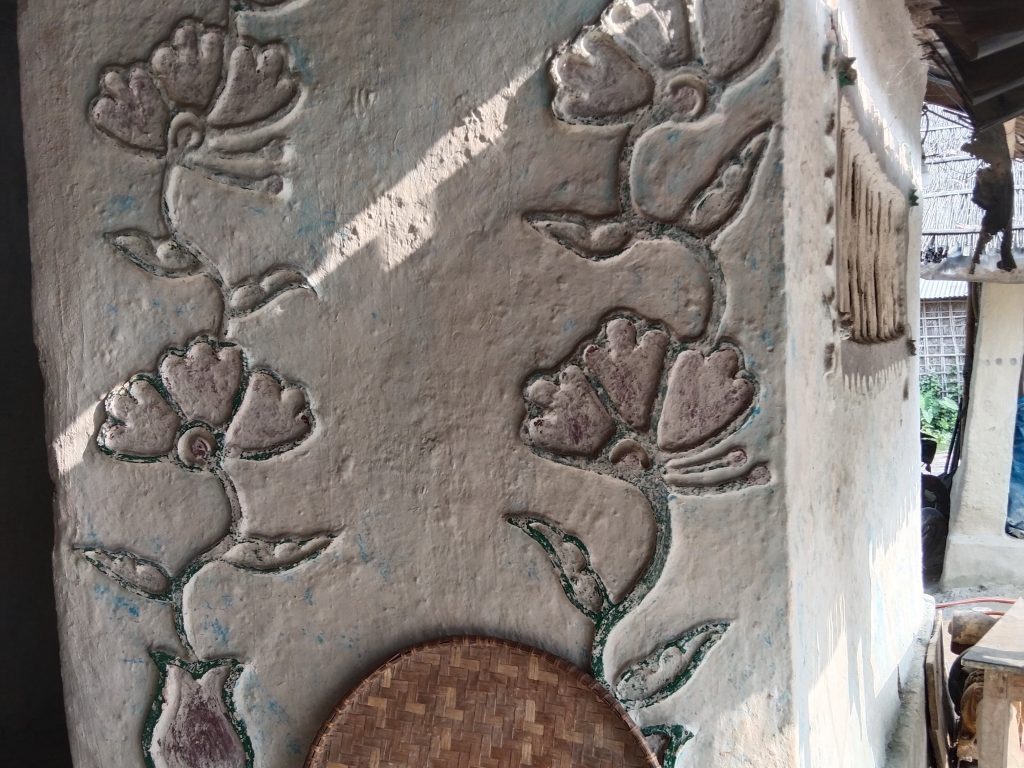
My room was comfortable and well equipped with a mosquito net and fan. Upstairs, the kitchen and dining room on the open roof was the ideal place to enjoy meals eaten with Chakra’s young family.
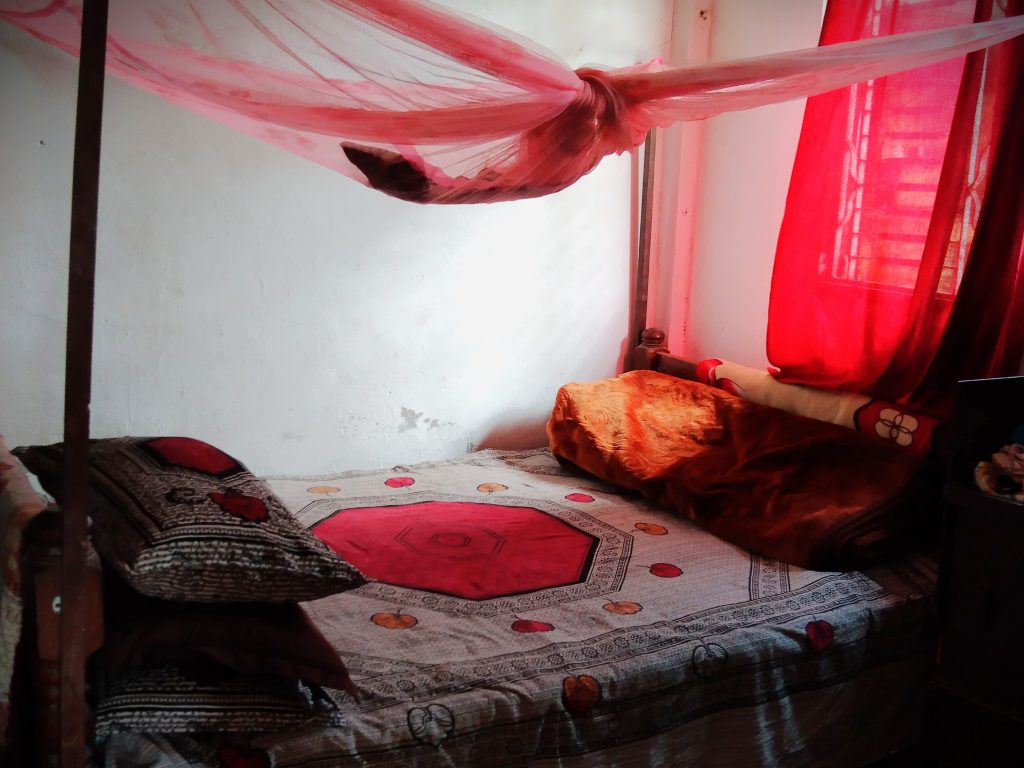
The main point of interest here is the wildlife reserve. Even for those with no special knowledge of birds or wildlife, the variety and ease of spotting birds that are red, blue, yellow, green (and brown of course), cannot fail to entertain even if only for a few hours. Nepal boasts around 886 species of birds, making it one of the best locations in the world for birdwatchers. The forest and grasslands by the river offer a pleasant place to walk and if you want, it is possible to explore the river by boat.
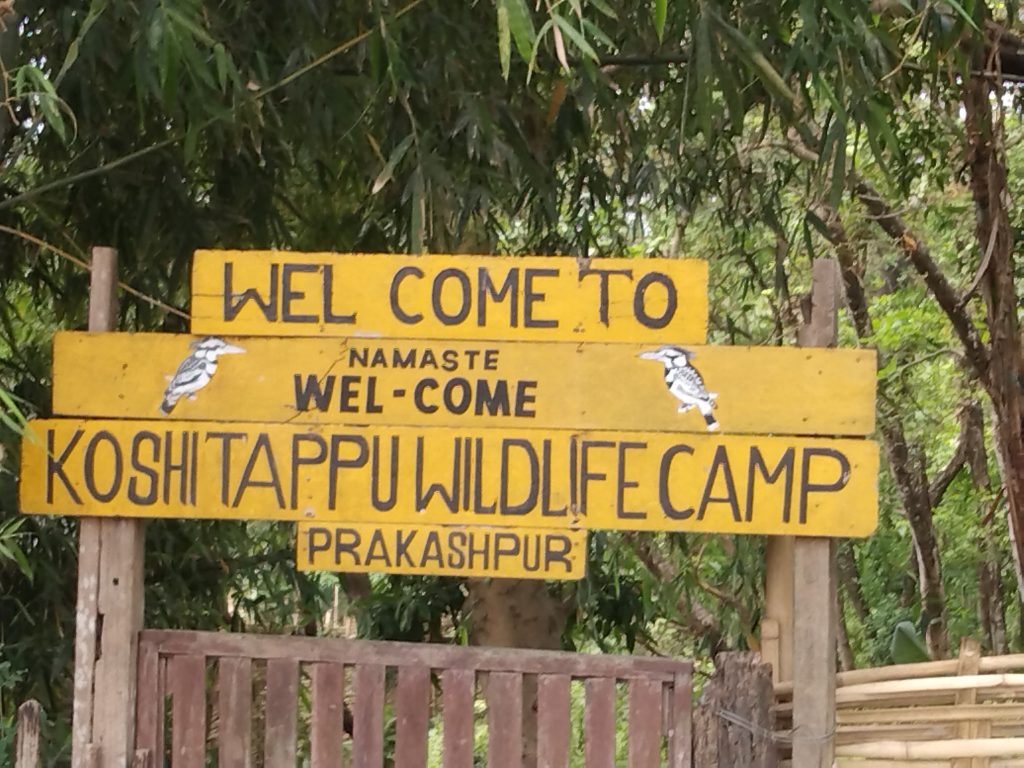
Known today for hosting nearly 500 bird species, the Koshi Tappu Wildlife Reserve was originally established in 1976 to protect the last remaining population of Asian wild buffalos in Nepal. The Asian buffalo has been endangered for decades and current worldwide numbers stand at around 4,000. You can see wild buffalo grazing alongside domestic cattle.
On the floodplains of the Sapta Koshi River in the south-eastern Terai, the 176 sq. km. the protected area is Nepal’s smallest wildlife reserve. The eastern and western embankments of the Sapta Koshi River define the area. In 1987, it was declared a Ramsar site: wetland of international significance. The Sapta Koshi is one of the three main tributaries of the Ganges and is fed by seven rivers (hence the name sapta or seven). The vegetation is mainly composed of grasslands and local villagers are allowed to collect thatch grass once a year to use for roof thatching and building walls for their houses.
The reserve is important for a variety of wildlife including wild buffalo. The estimated population of wild buffalo is around 159 and dwindling. They are distinguished from domestic buffalo by their much bigger horns. The reserve is also home to 20 other animal species such as hog deer, wild boar, spotted deer, blue bull and rock python. There are around 441 species of birds to be spotted here and many are not found anywhere else in Nepal. I was told that I had come too late for the migratory visitors, but all the same I spotted over 70 species in just one day, which was easily a personal record!
To do:
- Birdwatching
- Nature walks
- Market (Saturday)
- Explore the village
Getting there
Saptakoshi is within two hours by bus from Dharan and in the opposite direction, Biratnagar. There are daily microbuses to Kathmandu passing from Kakarvitta taking 10-12 hours. Flights from Biratnagar to Kathmandu take less than 45 minutes.


